The Oriental Medicine Resort: Chorakdang (한방테마파크 초락당)
16.8 Km 17091 2021-02-10
44-34, Gyemyeong-ro, Ulju-gun, Ulsan
+82-52-264-8001
Opened in 2001, Chorakdang is a health resort that specializes in Oriental medicine treatments. The resort offers the perfect setting for rest, relaxation, and medical treatments. The traditional hanok buildings and natural surroundings intensify the health benefits of the resort.
Gyeongju Yangdong Village [UNESCO World Heritage] (경주 양동마을 [유네스코 세계문화유산])
17.2 Km 87901 2022-11-08
134 , Yangdongmaeul-gil, Gyeongju-si, Gyeongsangbuk-do
+82-54-762-2630
Gyeongju Yangdong Village is Korea’s largest traditional village, showcasing the traditional culture of the Joseon dynasty and the beautiful natural surroundings. Thanks to its many cultural heritages, including treasures, national treasures, and folklore materials, the entire village has been designated as a cultural heritage site. Many people have visited this village to see its wealth of cultural heritages and scenic surroundings, including King Charles III, who visited this village in 1993.
Seolchangsan Mountain and its four spines of mountains can be seen beyond the village. Approximately 160 old houses and 500-year-old thatched-roof cottages are nestled within the valley. Fifty-four of these homes are over 200 years old and have been excellently preserved in their original state, offering the opportunity to view a variety of unique traditional Korean houses in person.
Hyangdan [Korea Quality] / 향단 [한국관광 품질인증]
17.6 Km 42644 2023-09-05
121-83 , Yangdongmaeul-gil, Gyeongju-si, Gyeongsangbuk-do
+82-10-6689-3575
Hyangdan in Yangdong Village, Gyeongju, Gyeongsangbuk-do, is a grand old house designated as a national treasure, having been built by King Jungjong for the elderly mother of his courtier Yi Eonjeok. Much of the original 99-kan house was destroyed during the Korean War and the rest converted to a guesthouse. Visitors can stay in the anchae, haengnangchae and an annexe - which all appear to be different x_heights because of the upward slope of the site. Various experience programs are offered: woodblock printing, a tea ceremony, natural dyeing, and traditional etiquette.
Robo Life Museum (로보라이프 뮤지엄)
18.9 Km 7915 2021-03-10
39, Jigok-ro, Nam-gu, Pohang-si, Gyeongsangbuk-do
054-279-0427
The Robo Life Museum is a place where one can meet robots that are already part of our daily lives, knowingly and unknowingly. Visitors can learn about robots while dancing and drawing with them as well as touching and operating them. Through the museum, visitors can experience what the future will be like. It also is an ideal place for kids to satisfy their curiosity and have fun.
Pohang Steelworks (포항제철소)
19.2 Km 17222 2018-09-05
6261, Donghaean-ro, Nam-gu, Pohang-si, Gyeongsangbuk-do
Pohang Steelworks, also known as POSCO, was built at Yeongilman Bay from 1970 until 1981 to shift the focus of the country's growth engine from the agriculture-oriented primary industry of the 1960s to the heavy chemical industry. Photography within the factory is prohibited, making a visit here key to fully experiencing all POSCO has to offer.
The POSCO Museum (포스코 역사관)
19.2 Km 3344 2018-08-07
14, Donghaean-ro 6213beon-gil, Nam-gu, Pohang-si, Gyeongsangbuk-do
054-220-7720, 7721
The POSCO Museum shows the history, spirit, corporate culture and vision of POSCO. POSCO was able to achieve success thanks to the POSCO employees who fought against all kinds of adversities. The POSCO museum showcases such great achievements, as well as the entire history of the company, giving dreams and hopes to the youth who visit the museum.
Najeong Beach (나정고운모래해변)
19.4 Km 21970 2021-08-02
1915, Donghaean-ro, Gyeongju-si, Gyeongsangbuk-do
+82-54-779-6325
Najeong Beach is situated on the shores of the East Sea. The beach offers many facilities as well as a seawater hot spring. The parking lot and pine tree forest by the hot spring are open to the public. Various water sports are also available in the area.
Appletree Hotel
19.8 Km 17634 2021-04-09
7-5, Jungheung-ro 100beon-gil, Nam-gu, Pohang-si, Gyeongsangbuk-do
+82-54-241-1234
Apple Tree Hotel is a business hotel located in Pohang, Gyeongsangbuk-do. It's a five-story building with a total of 28 Double, Twin, and Ondol Rooms. Non-smoking rooms are available, and free breakfast is served from 7:00am to 9:00am. The hotel is a mere 5-minute walk from Pohang Bus Terminal and only a 10-minute ride from Pohang Airport. Nearby tourist attractions include Guryongpo and Homigot Sunrise Square. The most famous dish in Pohang is "Guryongpo Guamaegi,” which is half-dried mackerel pike or herring.
Oryu Goarahaebyeon Beach (오류고아라해변)
19.9 Km 41219 2024-02-23
277-8 Oryu-ri, Gampo-eup, Gyeongju-si, Gyeongsangbuk-do
Oryu Goarahaebyeon Beach, located near Gampo Port, is known for its soft sand and is famous for sand baths. It's an ideal spot for camping, boasting a 1km stretch of white sandy beach, shallow waters, and a lush pine forest. Within the pine forest, there's a campsite where visitors can enjoy caravan or tent camping. During the summer, marine leisure facilities like banana boats and motor boats are available. Nearby tourist attractions include Songdaemal Lighthouse and Gampo Marine Park.
Gameunsaji Temple Site (경주 감은사지)
19.9 Km 26697 2020-04-04
Yongdang-ri, Gyeonju-si, Gyeongsangbuk-do
+82-54-772-3843
Gameunsaji Temple Site was built by King Munmu (AD 661-681), the king of Silla who unified Baekje and Goguryeo in the late 7th century. The purpose of the temple site was to pray for help and guidance from Buddha against Japanese invasion. Unfortunately, King Munmu passed away before the completion of the temple, and left a will to be cremated and buried in the East Sea so that he may reincarnate as a sea dragon in order to protect the country. As he wished, King Munmu's ashes were scattered at Daewangam of the East Sea. The temple was completed and was named by his son, King Sinmun (AD 681-692) in respect and appreciation for his father.
Gameunsaji Temple Site was rebuilt in 1979 based on the discovery of the site's foundation after two years of archeological research. The three-story stone pagoda at the temple site is a reminent of the early period of unified Silla, assembled with several parts which rise up to 13.4m high, known to be Silla's highest three-story pagoda.
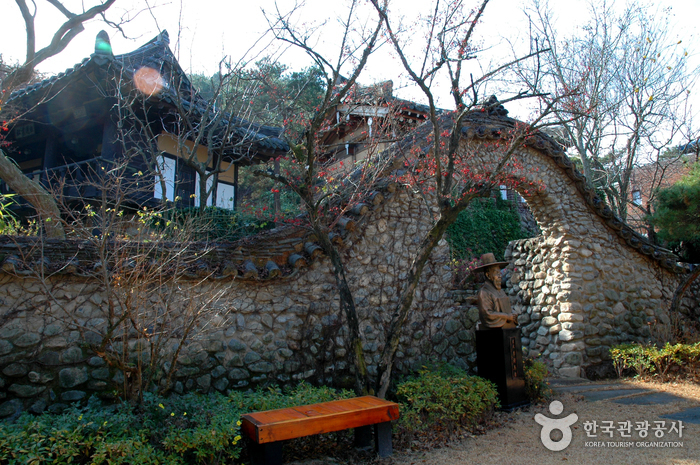
![Gyeongju Yangdong Village [UNESCO World Heritage] (경주 양동마을 [유네스코 세계문화유산])](http://tong.visitkorea.or.kr/cms/resource/44/2654744_image2_1.jpg)
![Hyangdan [Korea Quality] / 향단 [한국관광 품질인증]](http://tong.visitkorea.or.kr/cms/resource/26/2998926_image2_1.jpg)

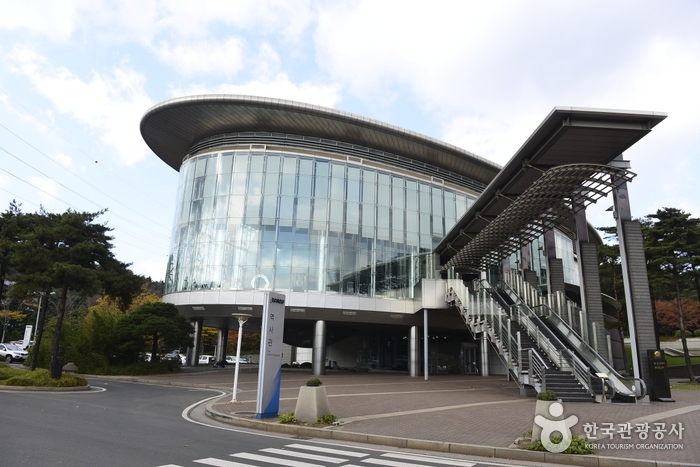
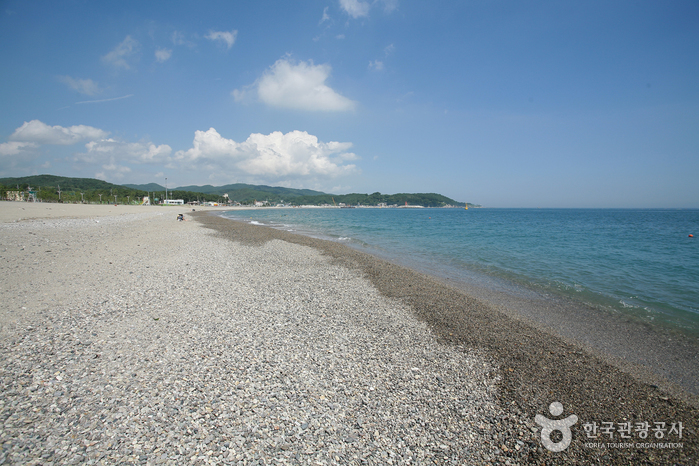
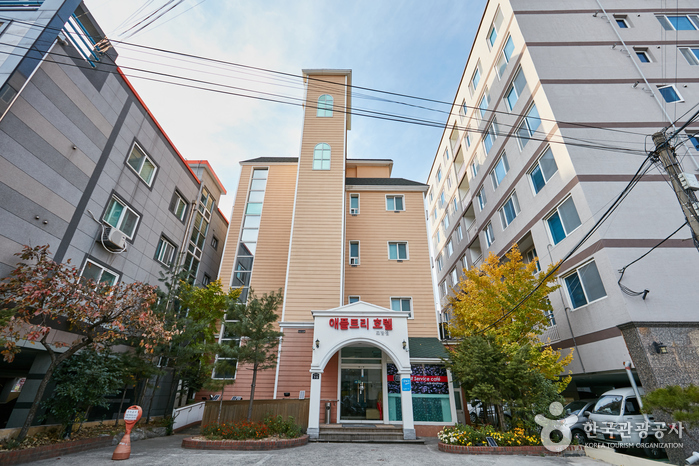
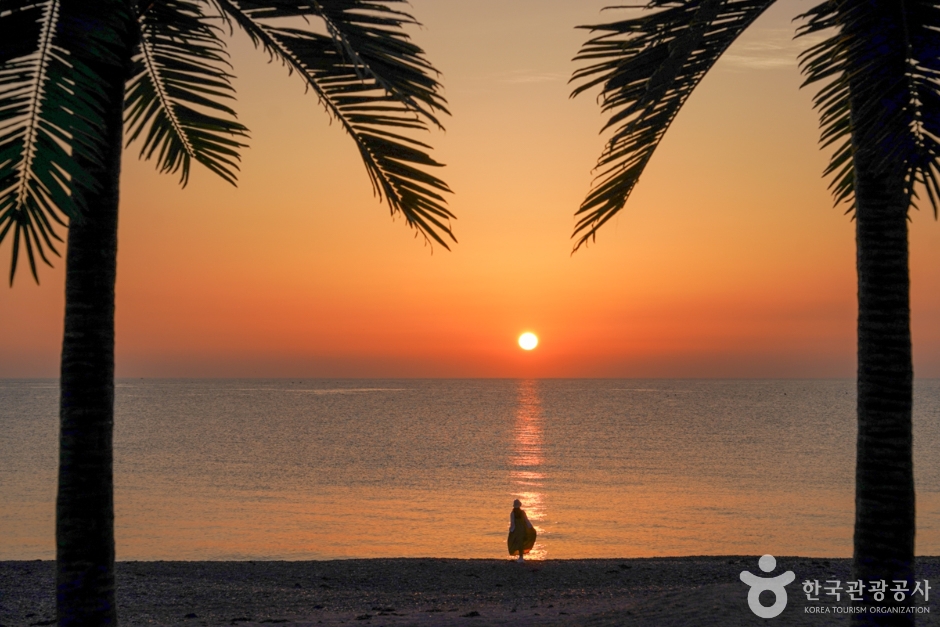
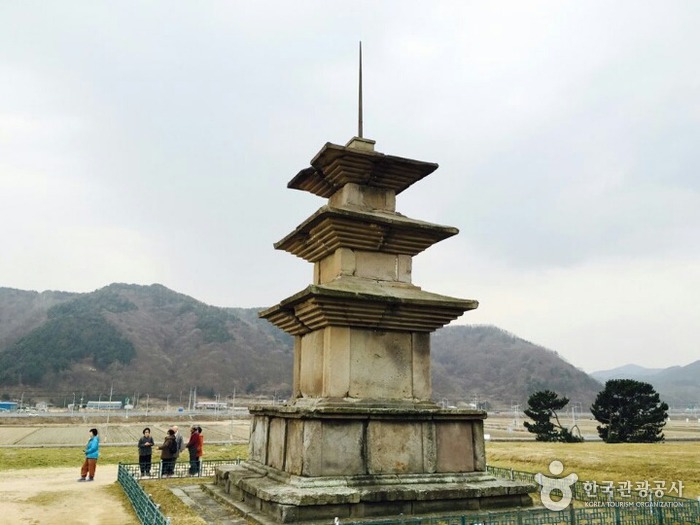
 English
English
 한국어
한국어 日本語
日本語 中文(简体)
中文(简体) Deutsch
Deutsch Français
Français Español
Español Русский
Русский